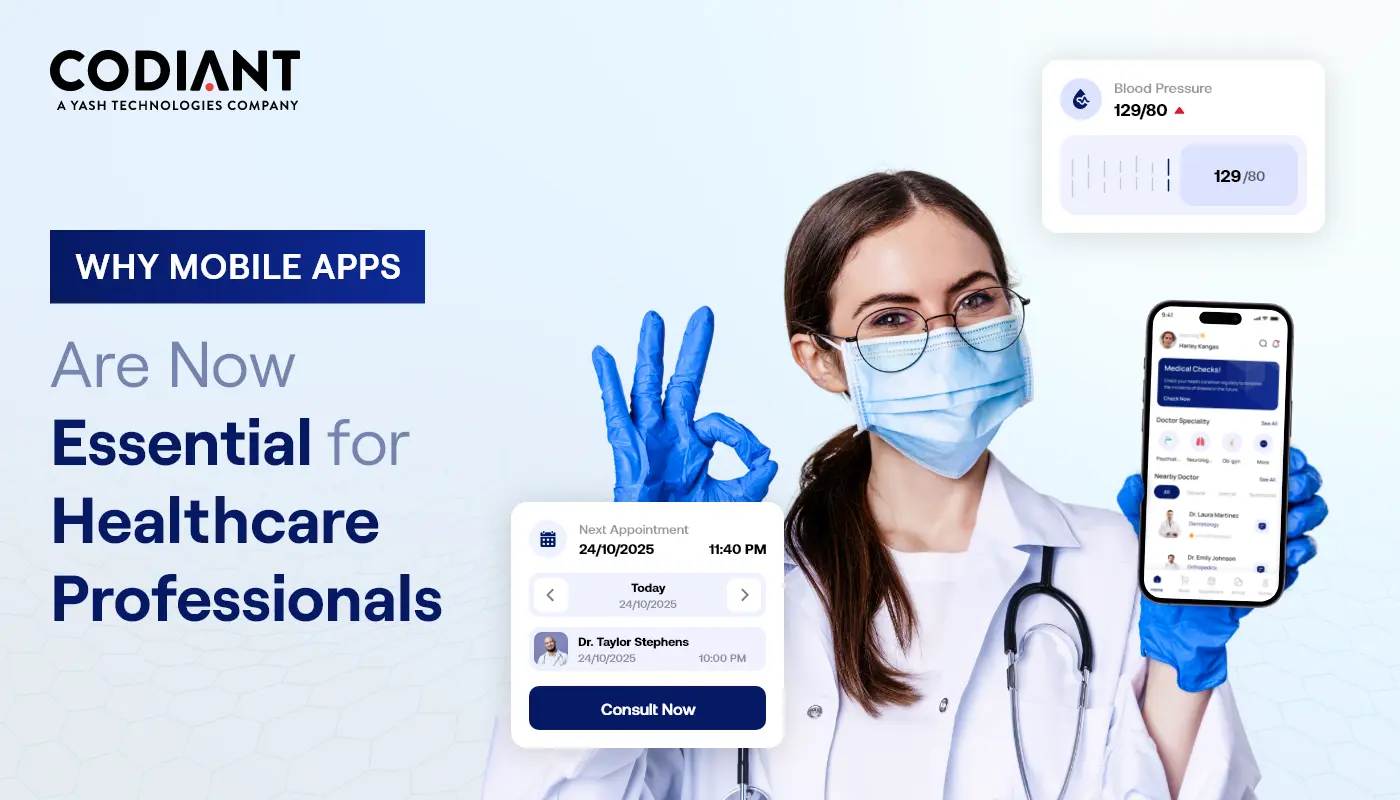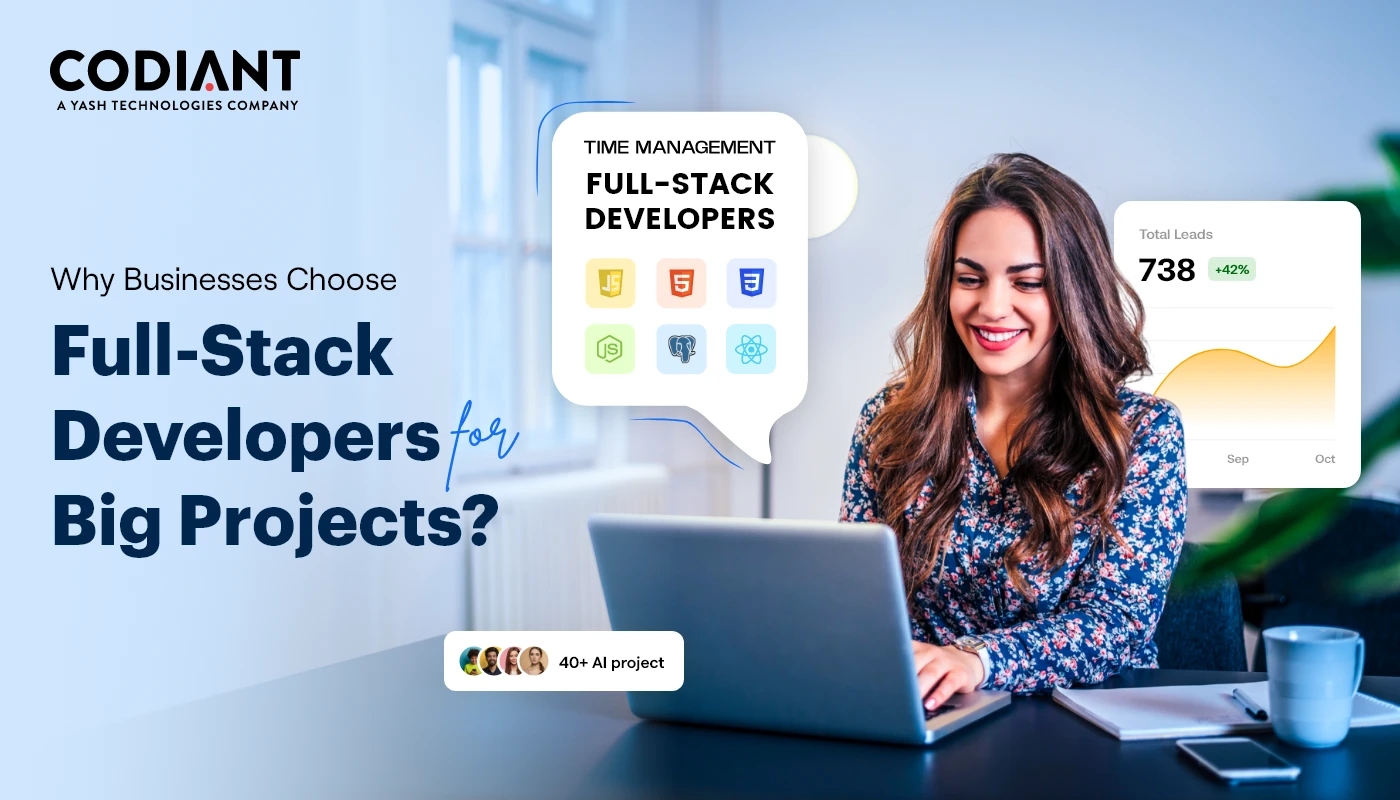Fundamentals Of UI Design: Interactions And Animations – Part 2
Table of Contents
Subscribe To Our Newsletter

In the previous blog of this series i.e. Fundamentals of UI Design, we learned about the requirement of designing a well-organized, systematic, and scalable user interface design.
In this blog post, we are going to explore the aspects of interaction and animation infused in UI Design.
One of the major differences between print and screen design is – we design for a fluid medium while designing for a screen. This is the primary distinction between graphic design and interaction design. In this blog post, we will further learn about the overall design system to focus on the design of animation and interaction.
What is Graphic Design?
Graphic Design is a skill that allows professionals to create visual content that communicates a single or diverse message(s). By following different patterns, hierarchies, and page layout techniques the designers usually prefer texts and images to fulfill users’ specific requirements. Designers also consider the logical display of elements under interactive designs to optimize the user experience.
What is Interaction Design?
In simple terms, Interaction design is the design of interaction between users and products. The prominent interactive design uses technology and valuable interactions to design the desired user experience. An Interaction designer usually participates in designing, developing, and creating marketing teams that helps in formulating design strategies, identifying products’ primary interactions, building prototypes to test strategies, and remaining updated with the latest trends in UI/UX and technologies.
Strategies for Implementing UI Design Interactions and Animations
1. Getting From A to B
In the previous post, we have already learned how to use stories to design a pathway through design. Therefore, now in this process, we need to understand how users can move from one screen to another and so on.
Earlier, the designs were restricted with little or no animation to move from one screen to another. It is because of the devices, which doesn’t support such type of advanced animation. As the devices are getting advanced, so is the number of opportunities. This ultimately prompts to design a highly immersive and interactive user experience.
The transition effects can be now easily added to screens in different ways. It includes swiping or fading from left to right or top to bottom, and scaling in.
The following factors can be kept in mind while displaying transitions between screens;
- How the user triggers the action to move from one page to another, could be by clicking on a button or by swiping on the screen!
- What type of transitions are integrated? The transitions initiate communication with the user, so it is crucial to pick the one with utter precision, such as swipes, dissolves, scales, or other effects.
- How long the transition last? The transitions could be slow, fast, or mediocre.
While designing a transition journey from page A to B to C, the effects that the designer has integrated will affect the entire narrative of the user or viewer. Hence, it is important to keep a close tab and research before doing so. If the transitions are smooth and convenient for users then it makes their entire journey pleasant.
For example; When Apple initially introduced the iBook for reading a book, its page transitions made the reader a bit disappointed. At first glance, the experience seems quite mesmerizing, but when the user has to go through that slow page transition again again, the user gets frustrated. The microseconds required to turn a page used to add up to an unpleasant and irritating experience.
2. Interacting with Objects
Micro interactions in UX design at the object level improve the user transition experience from page to page. These objects include buttons, form fields, and other elements that can be put into little animation and provide feedback to users.
It is important to provide visual feedback in user interface designing that gives an idea to the user that their actions have been recognized. Overall, the user experience can be improved by infusing interactive user interface design from the real world into the digital world. Hence, the well-designed user interface responds accurately to the user’s actions and gives them a sense of privilege. To make all this possible, animation plays a vital role.
To apply animation to user interfaces, the following strategies can be followed based on the context of action;
- When the user enters the password, then it can be made interactive and ease the user experience by letting the user understand whether the password is strong or weak – in terms of alphabets, special symbols, numbers, small/capital letters and total word count.
- When the user performs an action by clicking on a button, then providing feedback or giving the user an impression that their activities have been acknowledged.
- When interacting with dates and calendars, the required feedback or assistance can be provided to maintain interactivity.
Animation works as an interactive tool where user interaction with any object gets supported with valuable feedback. However, try to keep things subtle, rather than infusing too much animation or overdoing it.
Well, it’s important to understand that animation doesn’t engage or hold all users. In contrast to that, it may cause problems for some users. So, to keep things interesting and useful for a varied audience, integrate only necessary animation effects.
Main Principles of Animation Design
To make the animation successful, Walt Disney articulated 10 animation principles that can be applied effectively to UI design. However, it is not necessary for one to implement all effects, so pick the following animation design principles wisely as your platform requires.
1. Material- Demonstrate the appearance of the element, such as light/heavy, flat/multi-dimensional, rigid/flexible, etc.
2. Movement Trajectory- Nature of Movement, like mechanical objects, usually have a straight trajectory, whereas living beings have a flexible or less straight trajectory.
3. Timing- Time is a crucial factor, as in real-world things don’t move without any force and require time to accelerate or slow down. Therefore, for natural movement, the presentation curves can be preferred.
4. Attention-Grabbing Animation- To grab user attention on a particular area of the screen, animation can be added to make one stand out.
5. Follow-through and Overlapping- Follow-through shows the termination of the action. For example, when a ball is thrown at a trajectory, after its release, the person’s hand continues to move for a time. Whereas, Overlapping is the action that occurs in the continuation, once the first action is finished. This is used to keep the user engaged and shows no dead time between actions.
6. Secondary Actions- It is similar to follow-through and overlapping, where primary action is accompanied by the secondary action.
7. Ease-In/Ease-Out- The animated movement of objects should be made to appear real, as no object starts or stops instantly.
8. Anticipation- Allow some time for the user to understand and predict that something is going to happen, such as the ease-in method.
9. Rhythm- Using a rhythm or a definite structure to animation provides a more realistic appearance.
10. Exaggeration- It is used by animators to present an idea or an action/effect in a much more detailed manner.
Wrapping Up!
Animation and interaction are powerful tools when used in a well-planned and elegant manner that compliments the design. The new products should adopt both these tools from the beginning and consider them as an integral part of the design. This gives the impression that design is not only about visual presentation.
Animations and visual interactions help to increase targeted traffic in a much more advanced manner than traditional text-based content. Businesses can undoubtedly try these web designing fundamentals and principles to grab users’ attention and gain more customers.
If you plan to hire creative UI design team then, team Codiant can be the most appropriate UI/UX Development Company to build highly interactive and engaging designs for your business.
Featured Blogs
Read our thoughts and insights on the latest tech and business trends
Top Reasons Why Healthcare Providers Need Mobile Apps Today
- October 27, 2025
- Healthcare
If you’ve been to a clinic lately, you might have noticed something new-paper forms are almost gone and screens are everywhere. From booking doctor visits online to checking your recovery updates on your phone mobile... Read more
Which is Better for Your Business in 2025- Chatbots or Conversational AI?
- October 22, 2025
- Artificial Intelligence
In a Nutshell: Chatbots = Simple & Fast- Great for FAQs, appointment bookings & routine customer support. Conversational AI = Smart & Scalable- Uses NLP and machine learning to understand context, personalize replies & handle... Read more
Why Hiring Full-Stack Developers Makes More Sense for Complex Projects
- October 17, 2025
- Staff Augmentation
Let’s start with the obvious- software projects are messy. They never roll out like those neat diagrams in pitch decks where every arrow points forward and nothing breaks. Complex projects - think SaaS platforms, enterprise... Read more




